Custom Pet Portrait Art: How to Choose the Right Style?
Custom pet portrait art has become a beloved way for pet owners to celebrate their furry companions. With so many styles available, choosing the right one can be both exciting and overwhelming. This guide will help you navigate the different artistic styles and find the perfect fit for you and your pet’s unique character.
Understanding Different Art Styles
When selecting a pet portrait, it's important to explore various art styles to find one that resonates with your aesthetic preferences and your pet’s personality. Whether you prefer a classic approach or something more modern, knowing your options will make the decision easier.
Realism
Realism captures pets as they appear in real life, with intricate details and lifelike representations. If you want a portrait that showcases every whisker, fur strand, and glimmer in your pet’s eyes, this is a great choice.
Pros: Stunningly accurate, highly detailed. Cons: Can be more expensive and time-consuming.
Impressionism
Impressionism focuses on color, brushwork, and emotion rather than fine details. This style creates a vibrant, expressive depiction of your pet’s essence, perfect for those who love a bit of artistic flair.
Pros: Evocative, unique, and often more affordable. Cons: Less emphasis on exact likeness.
Abstract
Abstract pet portraits use shapes, colors, and artistic interpretation to convey emotions rather than focusing on realistic details. This style is ideal for those who want a modern, eye-catching piece that reflects their pet’s personality in a bold way.
Pros: Highly creative and one-of-a-kind. Cons: May not be for those who prefer a traditional look.
Factors to Consider When Choosing a Style
Choosing the right style involves more than just personal preference. Several factors can influence your decision, including the intended purpose of the portrait, the space where it will be displayed, and your budget.
Intended Purpose
Think about why you want the portrait. Is it a heartfelt memorial, a fun and playful tribute, or a thoughtful gift? A realistic style may work best for a memorial, while a whimsical or abstract piece could make a great conversation starter.
Display Space
Consider where you’ll display your pet’s portrait. A classic, realistic painting might be perfect for a formal living room, while a vibrant, abstract piece could bring personality to a modern space. Ensure the portrait complements your home’s decor.
Budget
The cost of custom pet portraits varies depending on the artist, style, and medium. Realistic portraits often require more time and skill, making them pricier, while digital or watercolor pieces may be more budget-friendly.
Crown & Paw offers a variety of styles to suit different budgets while maintaining high-quality craftsmanship. Check out their collection at https://crownandpaw.com/ to find a portrait that fits your needs.
Exploring Different Mediums
In addition to artistic styles, the medium used for the portrait can greatly affect the final outcome. Each medium has its own unique qualities and can evoke different feelings. The choice of medium often reflects the artist's intent and the emotional connection they wish to establish with the viewer. Understanding these nuances can enhance one’s appreciation for the artwork and the creative process behind it.
Oil Paintings
Oil paintings are known for their rich colors and depth. They can create a stunning, timeless piece that can last for generations. However, they often require longer drying times and can be more expensive due to the materials and techniques involved. The layering technique used in oil painting allows artists to build up texture and detail, creating a three-dimensional effect that draws the viewer in. Additionally, the slow drying time permits artists to work and rework areas, making it easier to achieve the desired level of detail and nuance in the portrait.
Watercolor
Watercolor portraits are characterized by their light and airy feel. The translucent nature of watercolor can create a soft and whimsical representation of your pet. This medium is often more affordable and can be completed more quickly than oil paintings. Watercolors can also be layered to achieve varying degrees of saturation, allowing for a dynamic range of colors that can evoke different moods. The unpredictability of watercolors can lead to delightful surprises, as the colors blend and flow in unexpected ways, capturing the essence of the subject in a unique manner.
Digital Art
Digital art has gained popularity in recent years due to its versatility and ease of reproduction. Artists can create stunning portraits using digital tools, allowing for a wide range of styles and effects. Digital portraits can be printed on various materials, providing flexibility in presentation. Furthermore, the ability to easily edit and manipulate images means that artists can experiment with different compositions and color schemes without the constraints of traditional mediums. This adaptability not only allows for greater creativity but also opens up opportunities for collaboration and sharing in the digital space, where artists can connect with audiences around the world and receive instant feedback on their work.
Finding the Right Artist
Once you’ve narrowed down your style and medium, the next step is to find an artist whose work resonates with you. The right artist will not only capture your pet’s likeness but also reflect your vision and preferences. This connection is vital, as it ensures that the final piece is not just a representation of your pet, but also a reflection of the bond you share.
Researching Artists
Start by browsing online portfolios and social media platforms to discover artists specializing in pet portraits. Look for those who have a style that aligns with your preferences. Pay attention to their previous work and read reviews from past clients to gauge their reliability and skill. Many artists also share their creative process through behind-the-scenes videos or time-lapse recordings, which can provide insight into their techniques and help you feel more connected to their work.
Communicating Your Vision
Once you’ve found a potential artist, it’s crucial to communicate your vision clearly. Provide them with photos of your pet and discuss your preferred style, medium, and any specific details you want to include. A good artist will appreciate your input and work with you to create a piece that meets your expectations. Consider sharing anecdotes about your pet’s personality or quirks, as these stories can inspire the artist and add a unique touch to the portrait. The more personal the details, the more the final artwork will embody the spirit of your beloved companion.
Understanding the Commission Process
Before committing, ensure you understand the commission process. Discuss timelines, payment terms, and any policies regarding revisions or refunds. A professional artist will be transparent about their process and provide you with a clear contract to protect both parties. Additionally, inquire about the materials they use and their care recommendations for the finished piece. Knowing how to properly display and maintain your artwork will help preserve its beauty for years to come. It’s also worth asking if they offer any additional services, such as framing options or prints, which can enhance your overall experience and satisfaction with the final product.

Tips for Capturing Your Pet’s Personality
To create a truly special portrait, capturing your pet’s unique personality is essential. Here are some tips to help you convey their character effectively.
Choose the Right Photos
The photos you provide to the artist will serve as the primary reference for the portrait. Select images that showcase your pet's personality, whether they are playful, regal, or quirky. Look for pictures that highlight their expressions and features, as these will help the artist create a more accurate representation. Additionally, consider the lighting and background of the photos. Natural light can enhance your pet's features, while a cluttered background may distract from their charm. Aim for images where your pet is the focal point, allowing their personality to shine through effortlessly.
Incorporate Personal Elements
Consider including personal elements that reflect your pet's personality or interests. This could be their favorite toy, a specific background, or even their favorite spot in the house. These details can add depth to the portrait and make it even more meaningful. For example, if your dog loves to play fetch, a vibrant depiction of them with their beloved ball can evoke joyful memories. Similarly, if your cat has a penchant for lounging in a sunny window, capturing that serene moment can convey their laid-back nature beautifully.
Discuss Personality Traits
When communicating with the artist, share anecdotes or traits that define your pet's character. Whether they are timid, adventurous, or mischievous, these insights can help the artist capture the essence of your pet in the portrait. Think about your pet's quirks—perhaps they have a unique way of greeting you or a favorite spot they always curl up in. These little stories can provide the artist with a richer understanding of your pet's personality, allowing them to infuse those characteristics into the artwork. Don't hesitate to describe their habits, such as how they react to new experiences or their favorite games, as these nuances can transform a simple portrait into a vibrant representation of your furry friend’s spirit.
Displaying Your Custom Pet Portrait
Once your custom pet portrait is complete, the next step is to display it proudly. The way you showcase the artwork can enhance its impact and ensure it becomes a focal point in your home.
Choosing the Right Frame
The frame you select can significantly affect the overall presentation of the portrait. A well-chosen frame can complement the artwork and the decor of the room. Consider materials, colors, and styles that will enhance the portrait without overshadowing it.
Optimal Placement
Think about where the portrait will be displayed. High-traffic areas, such as living rooms or hallways, can be excellent choices, as they allow guests to admire the artwork. Ensure the portrait is at eye level for the best viewing experience.
Creating a Gallery Wall
If you have multiple pet portraits or other artwork, consider creating a gallery wall. This arrangement can add visual interest and allow for a creative display of your pet's portraits alongside other cherished pieces.
Maintaining Your Portrait
To ensure your custom pet portrait remains in excellent condition, proper maintenance is essential. Different mediums may require specific care, so understanding how to preserve your artwork is crucial.
General Care Tips
-
Keep the portrait out of direct sunlight to prevent fading.
-
Dust the frame and glass regularly with a soft, dry cloth.
-
Avoid using harsh chemicals or cleaners on the artwork.
Specific Medium Care
For oil paintings, consider using a protective varnish to shield the surface. Watercolors may require additional care, as they can be more susceptible to moisture and damage. Digital prints should be kept in a dry, climate-controlled environment to maintain their quality.
Consulting Professionals
If you’re unsure about the best way to care for your portrait, consider consulting a professional art conservator. They can provide tailored advice based on the specific medium and style of your artwork.
Conclusion
Choosing the perfect style for a custom pet portrait is a fun and rewarding process. By understanding different art styles, selecting the right medium, and working with a skilled artist, you can create a cherished piece that celebrates your pet’s unique charm.
For high-quality, beautifully crafted custom pet portraits, check out Crown & Paw at https://crownandpaw.com/ and find the perfect tribute to your furry friend today!

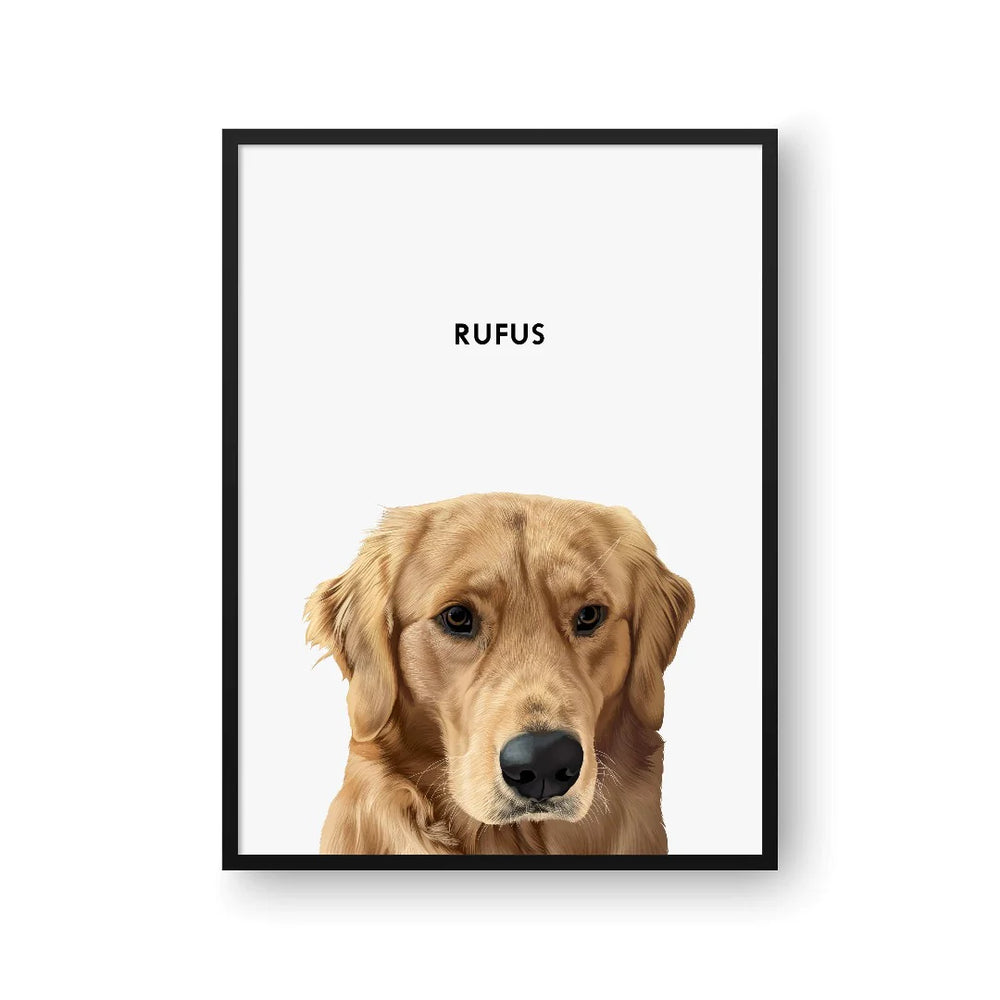



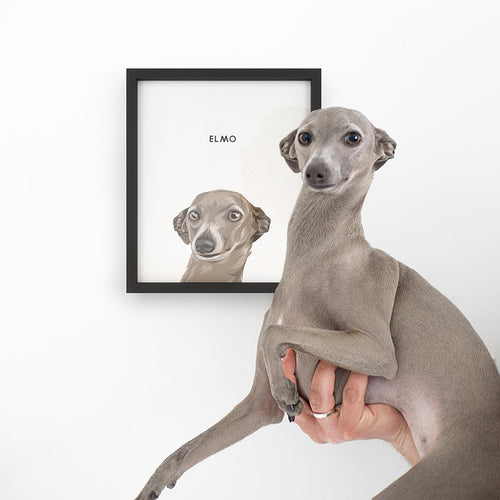
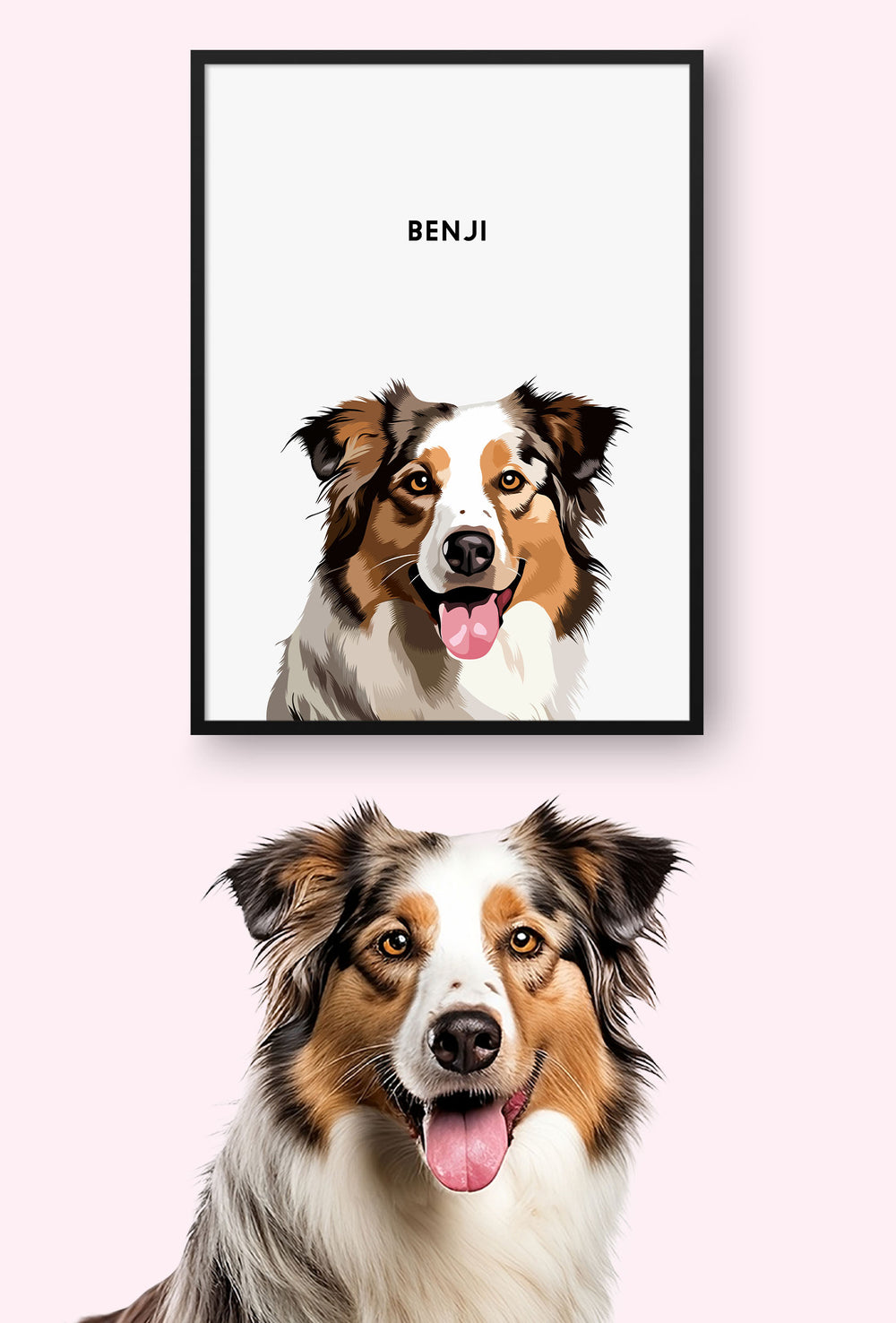
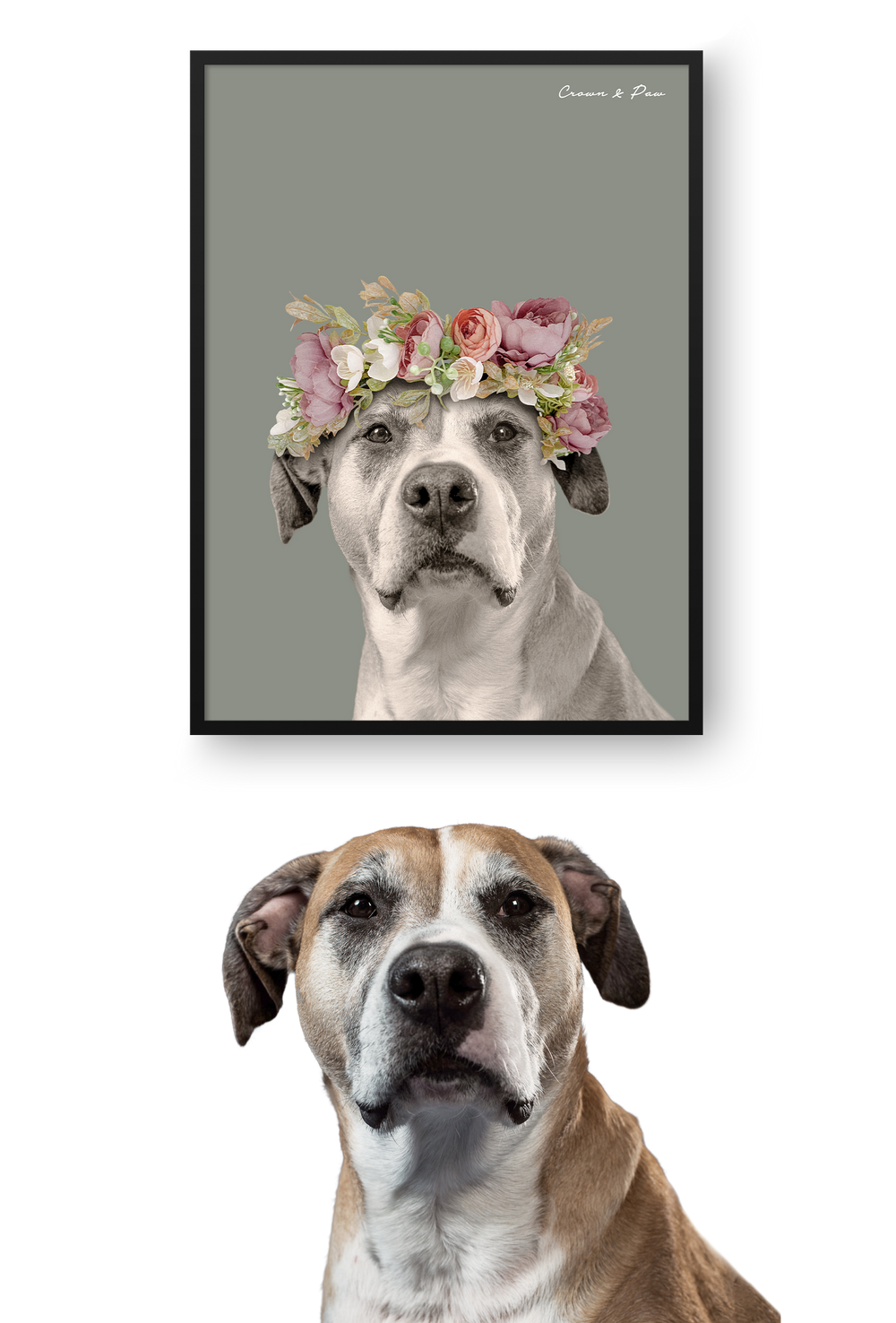
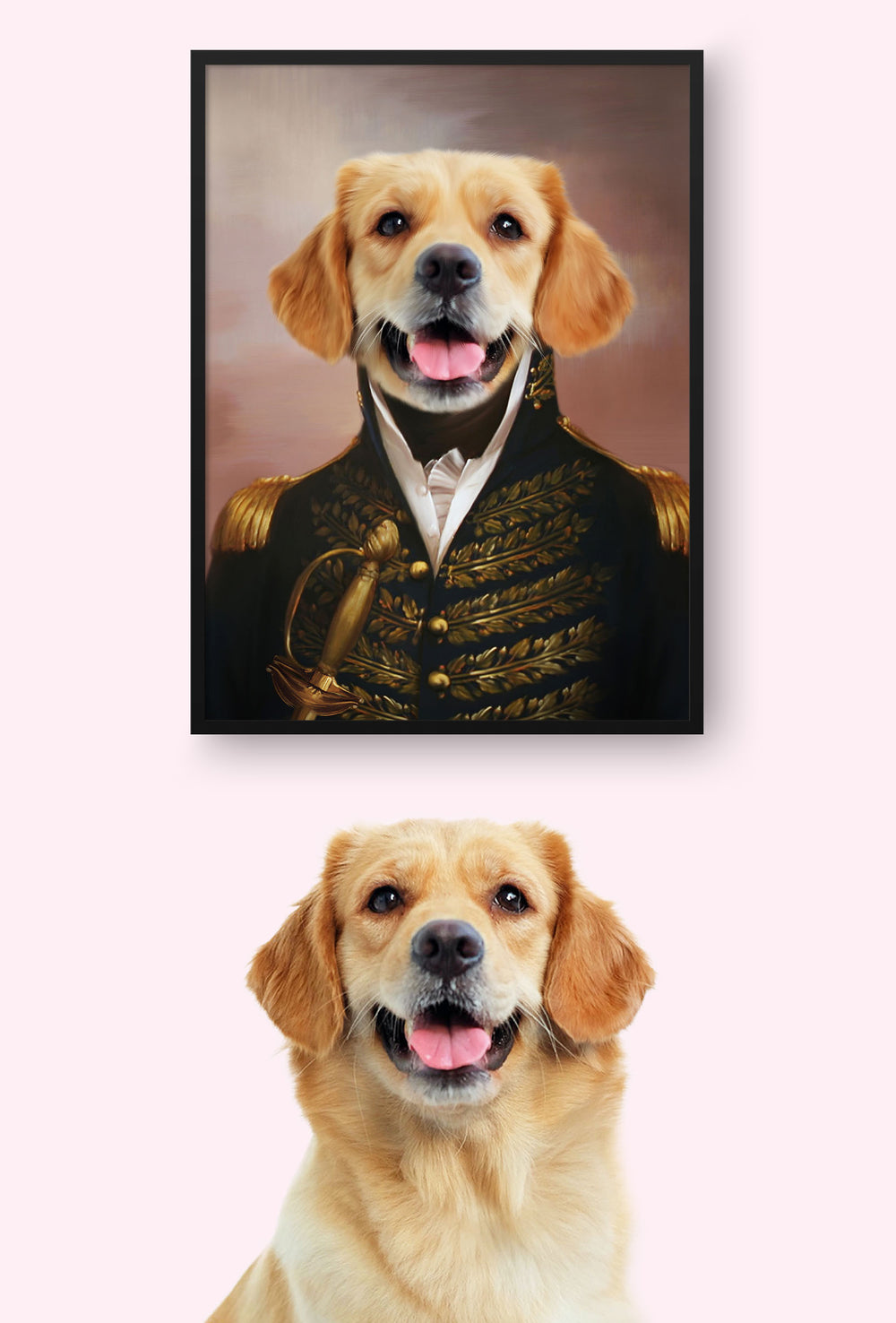
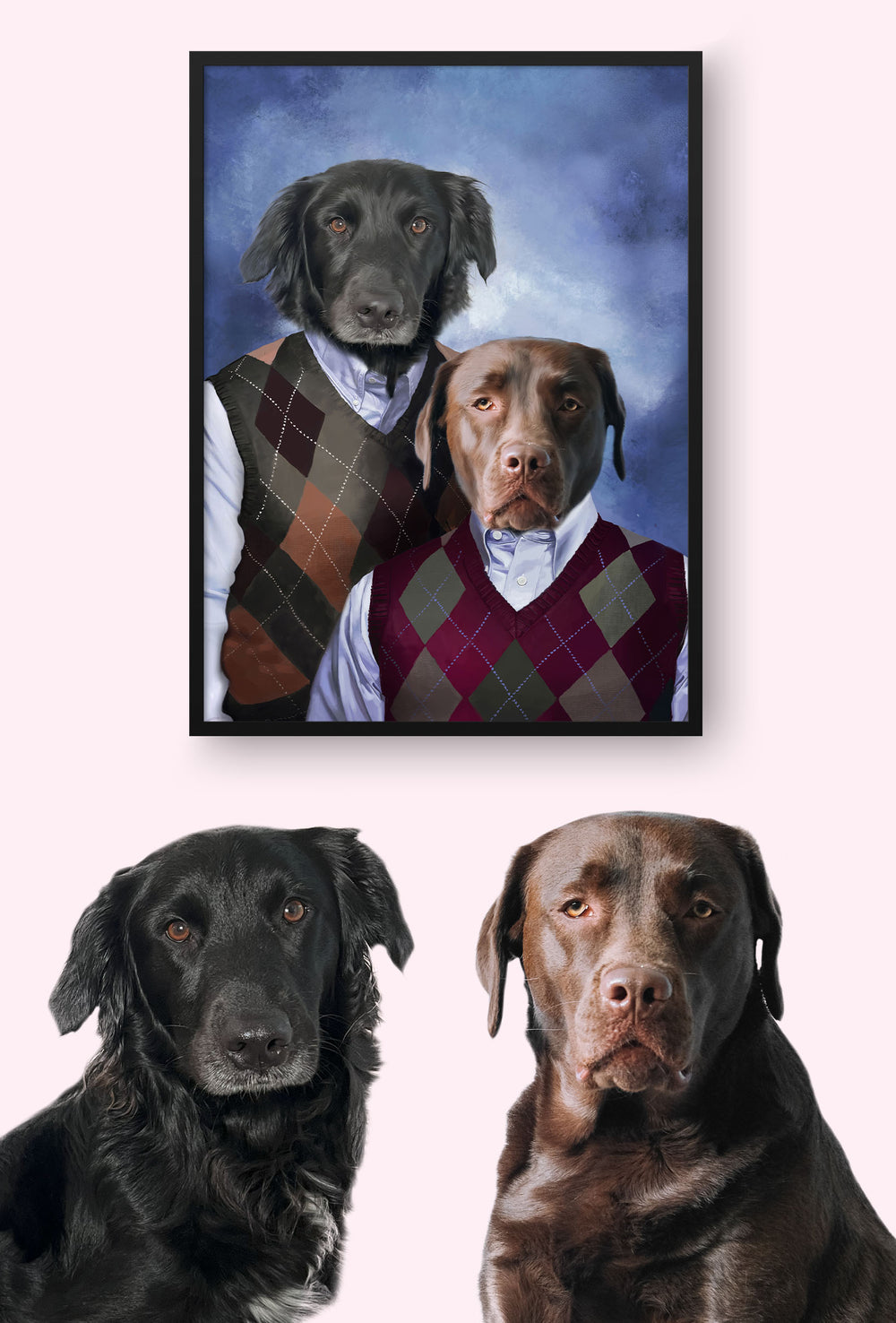

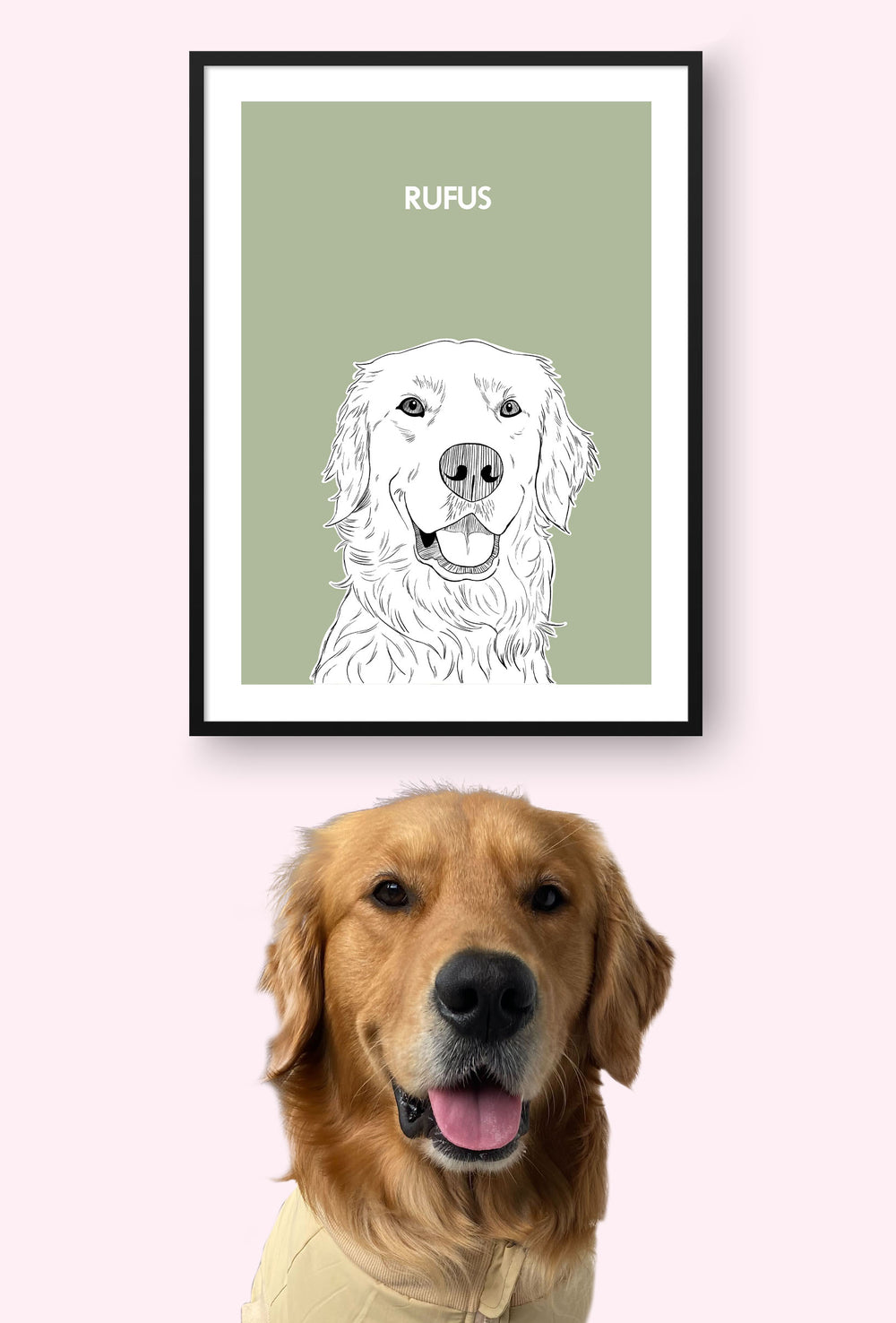

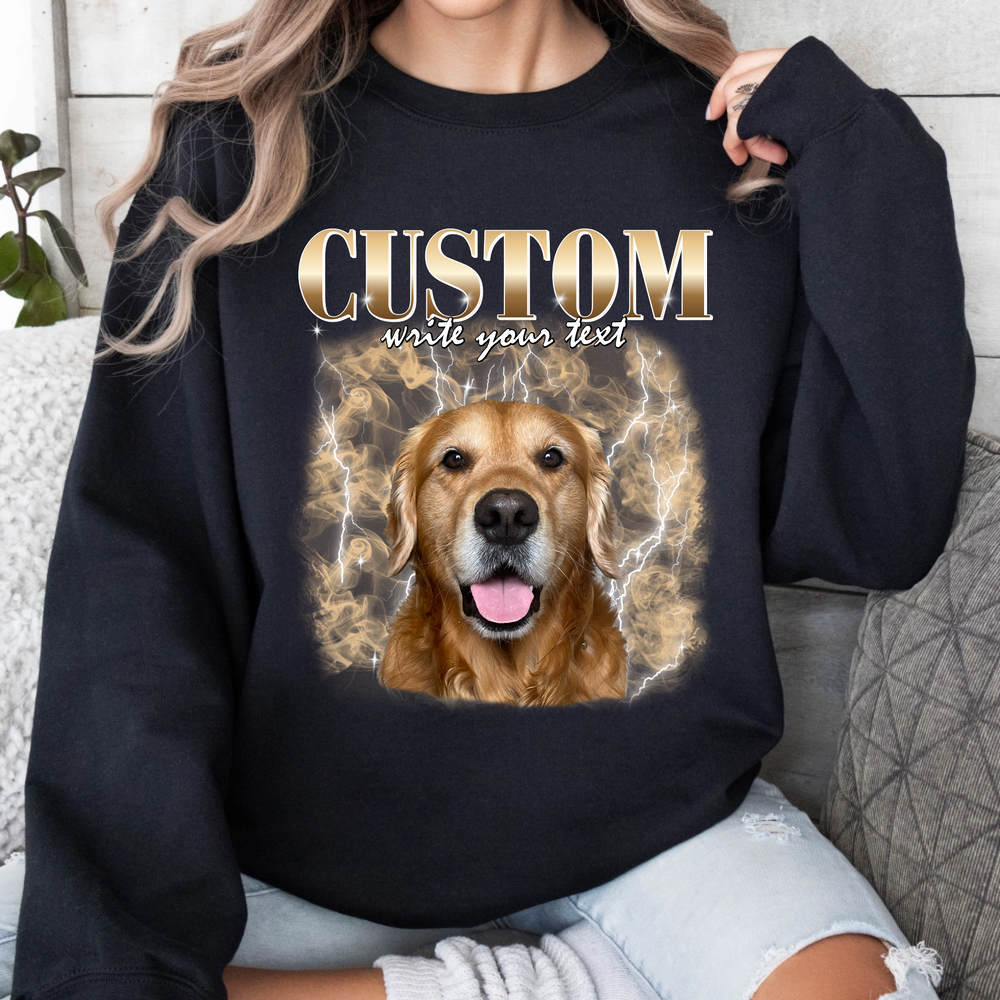

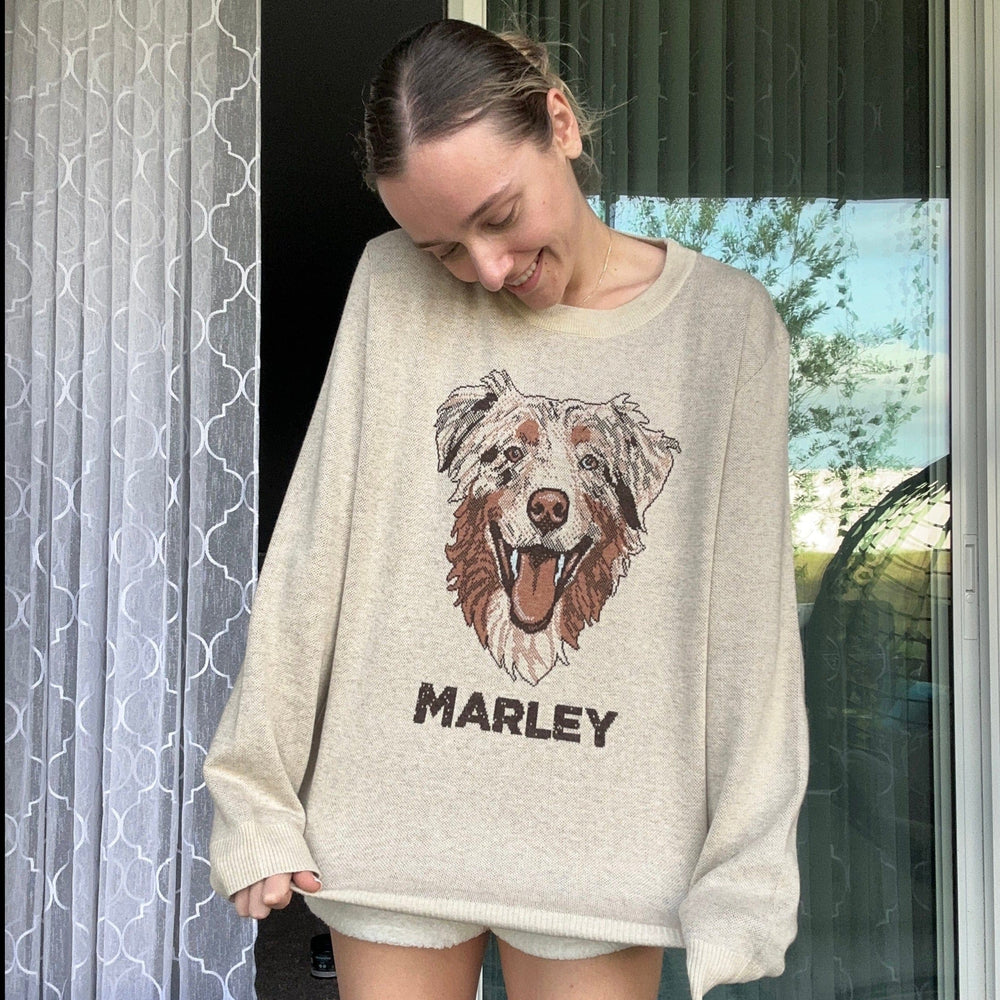
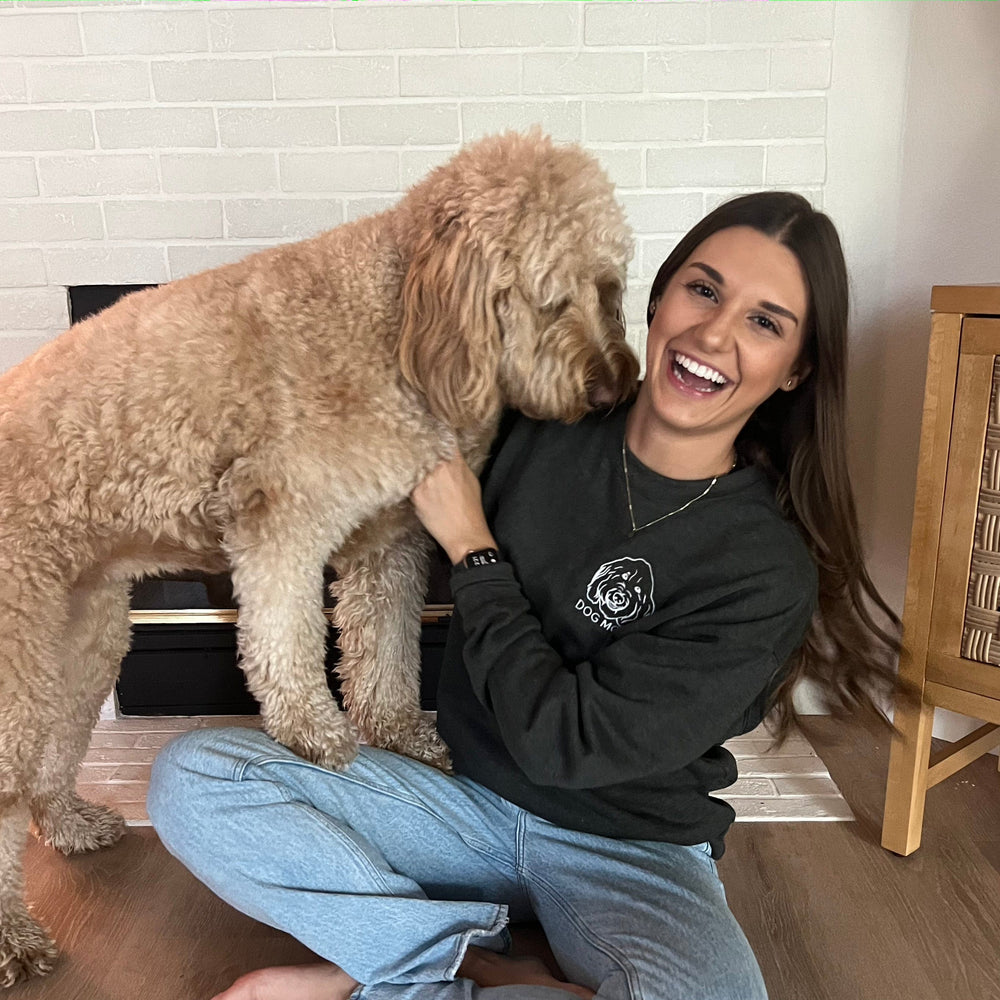
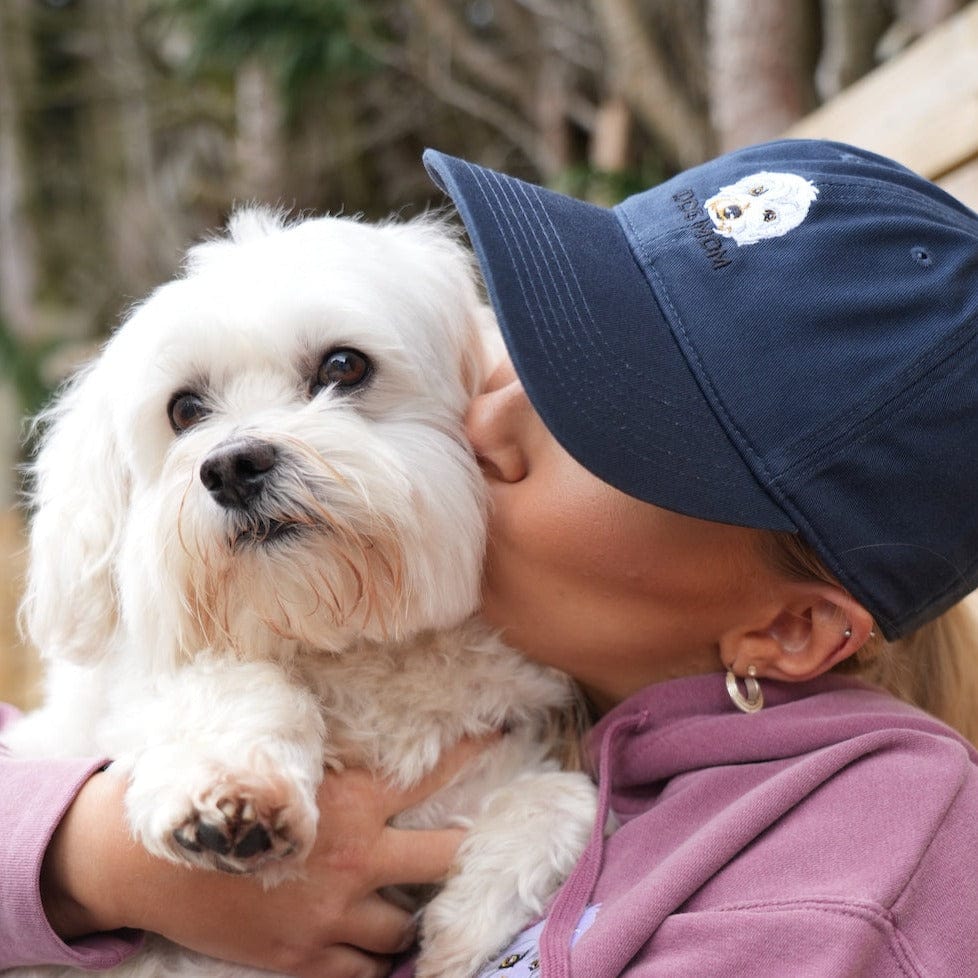
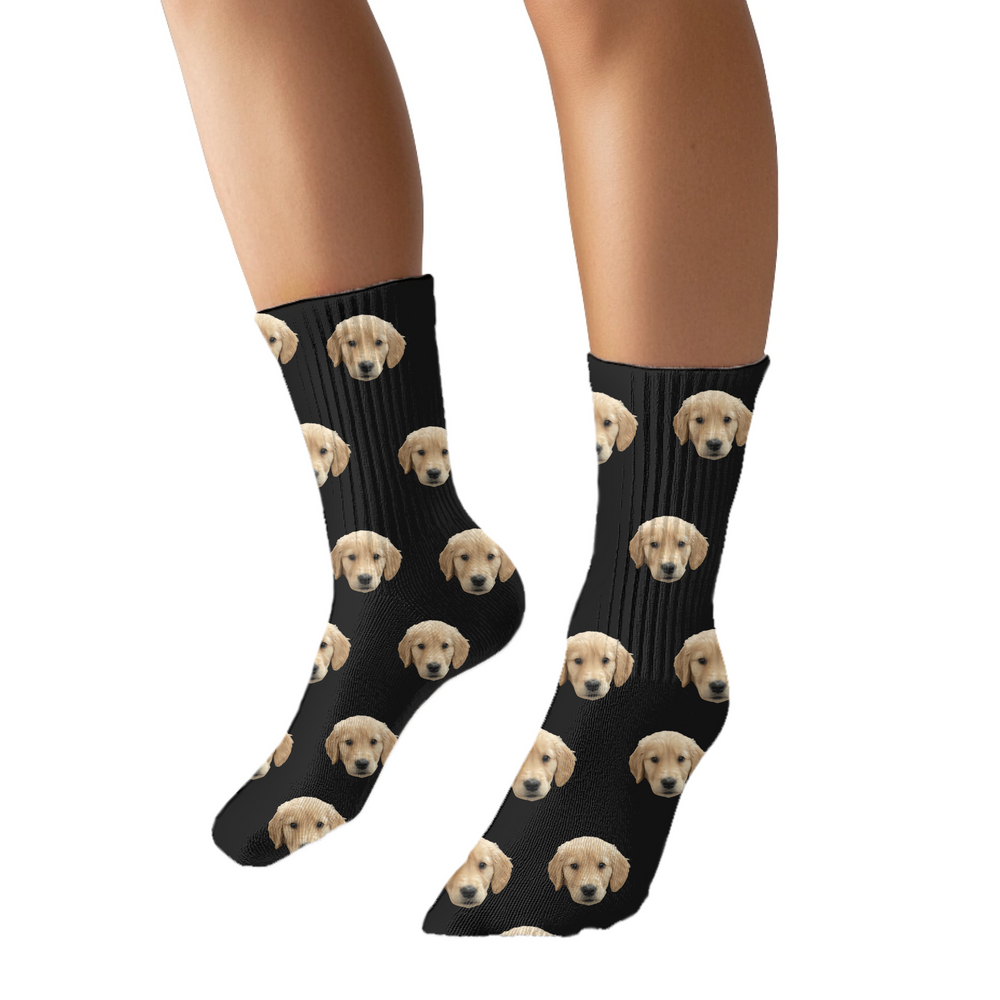

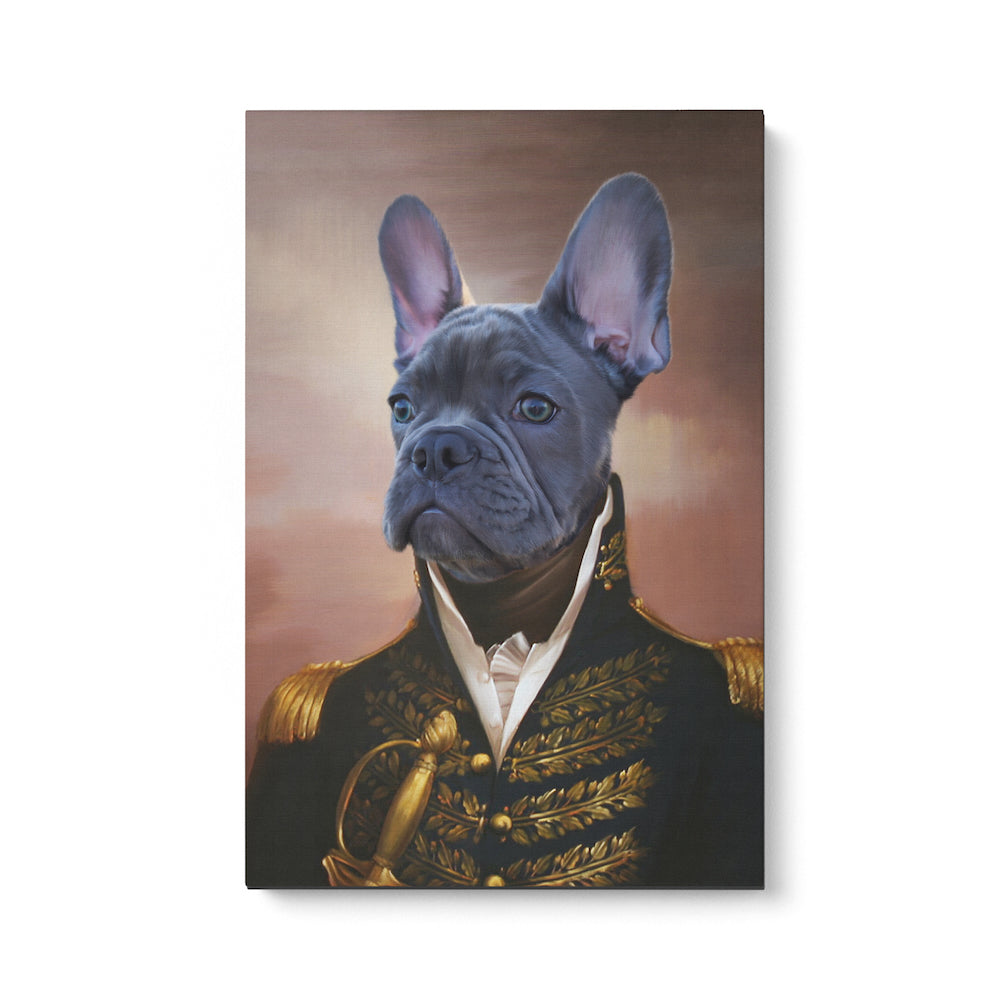
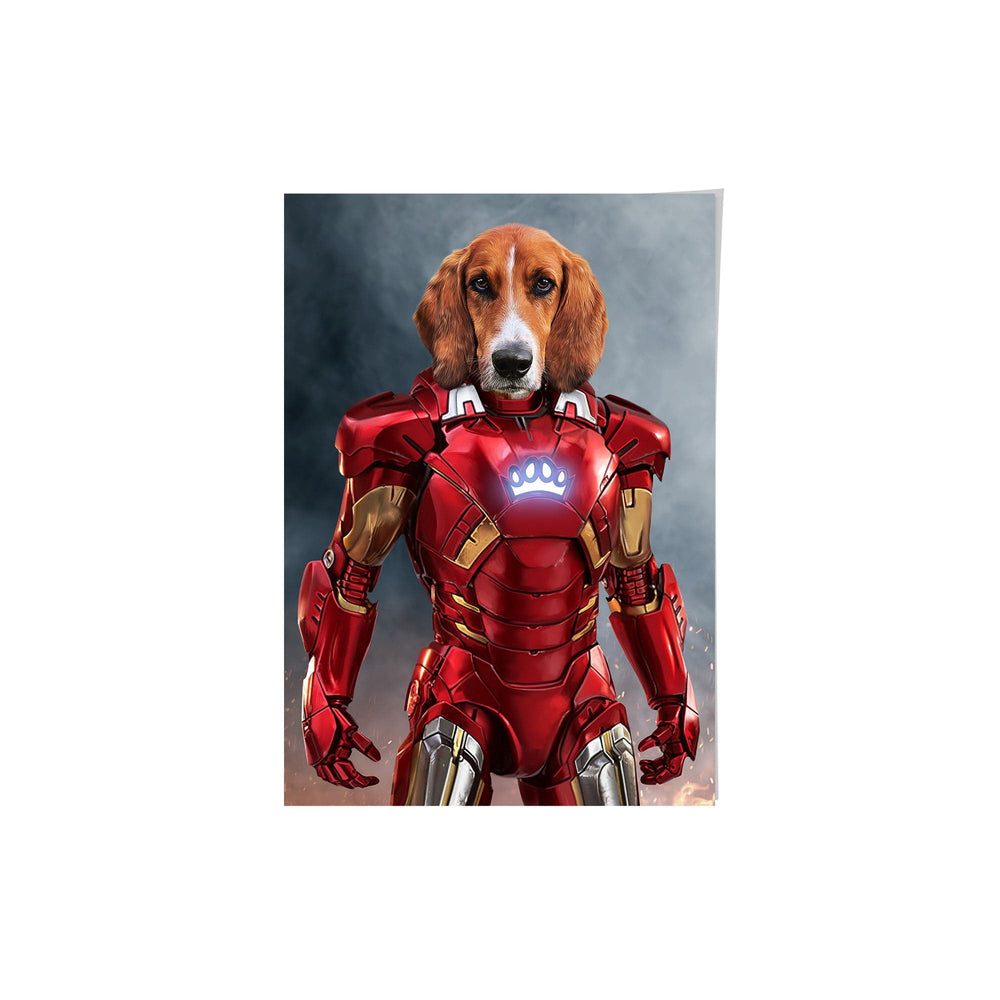
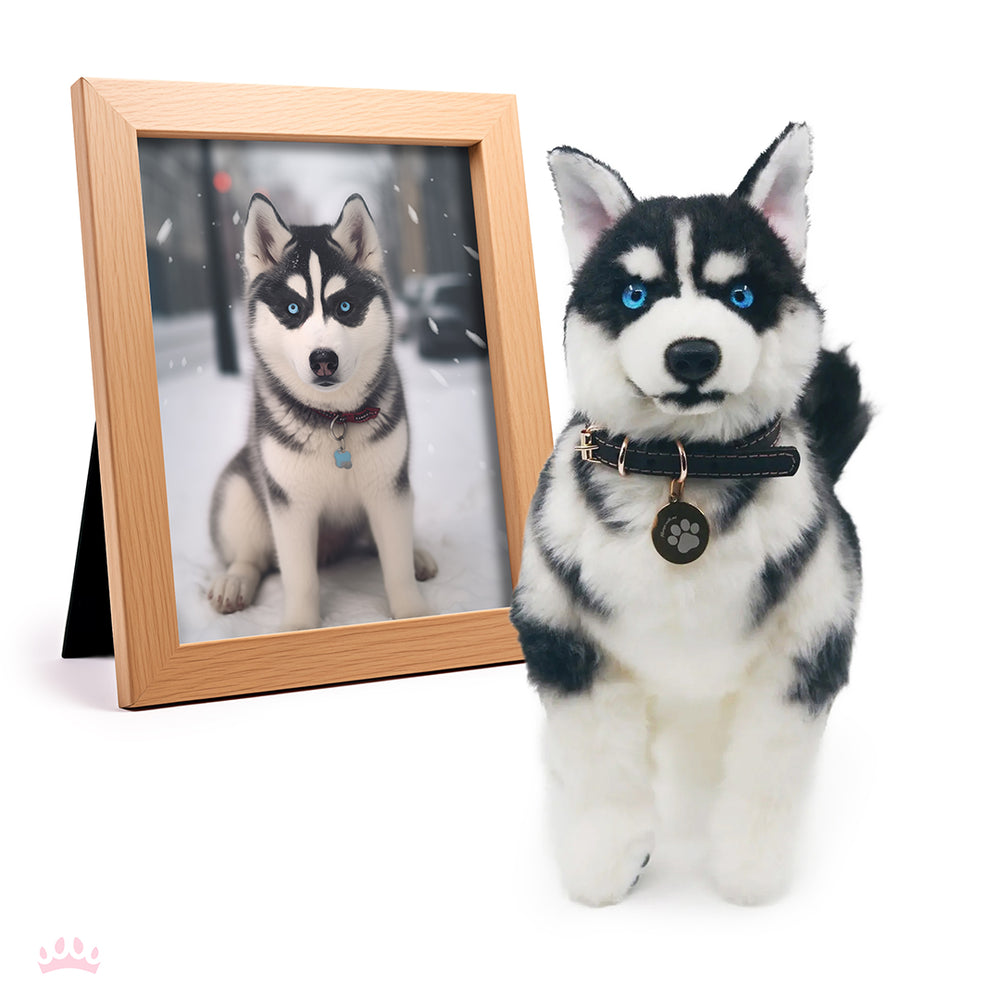
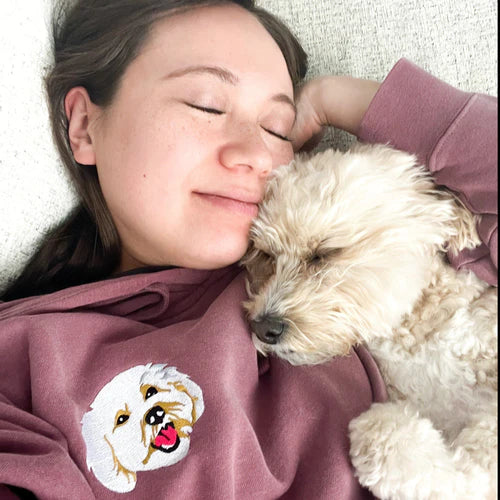
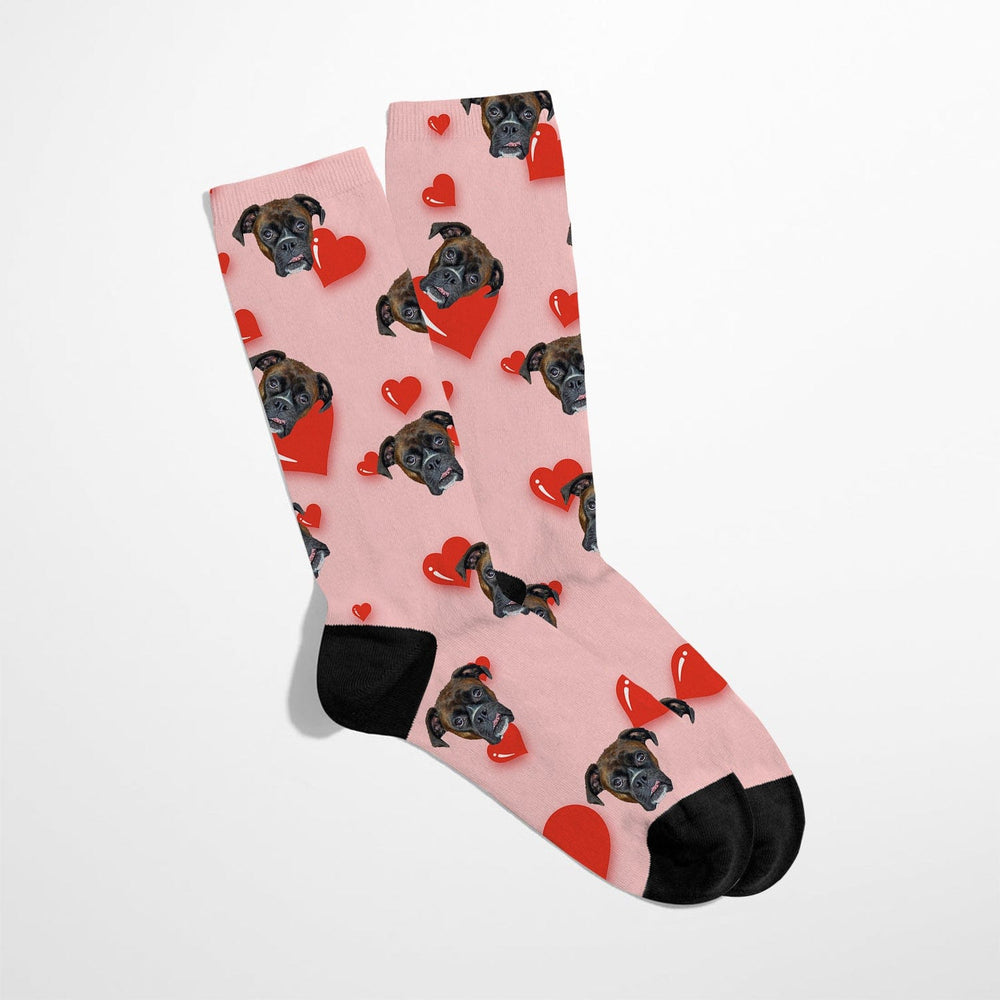

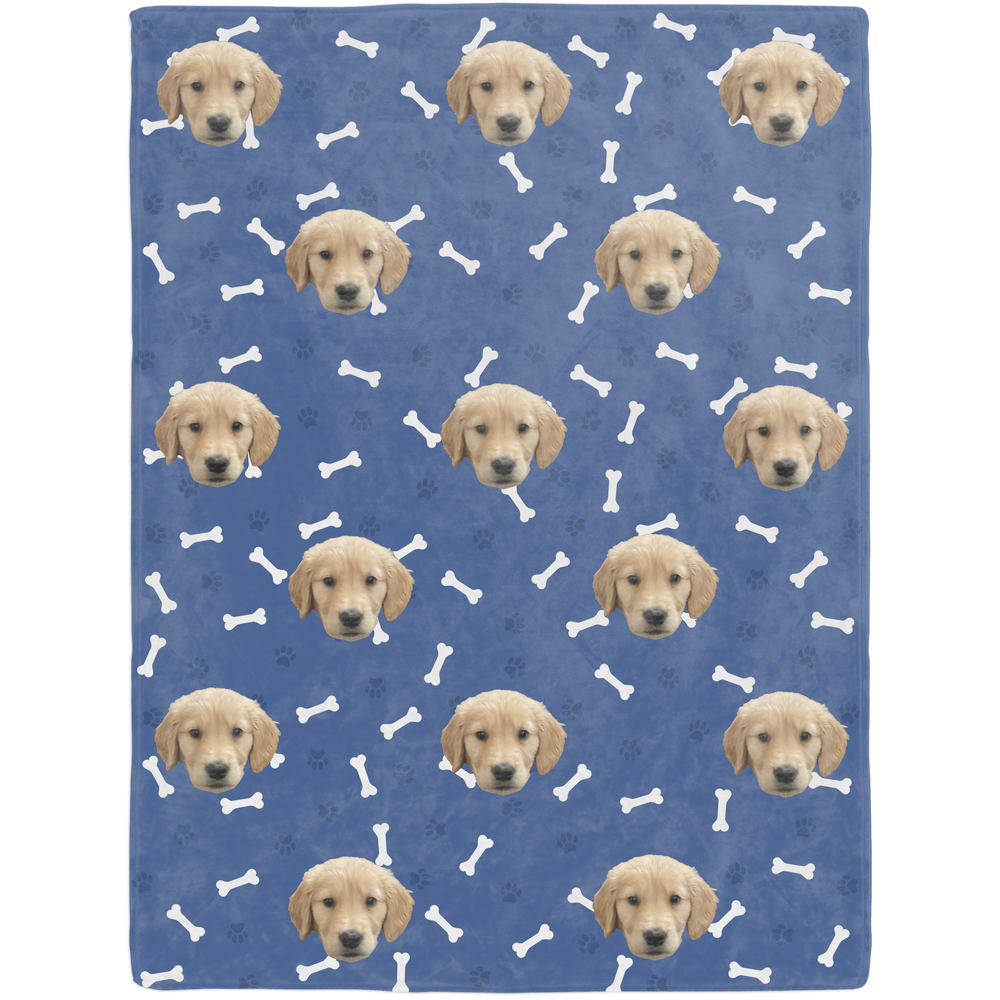
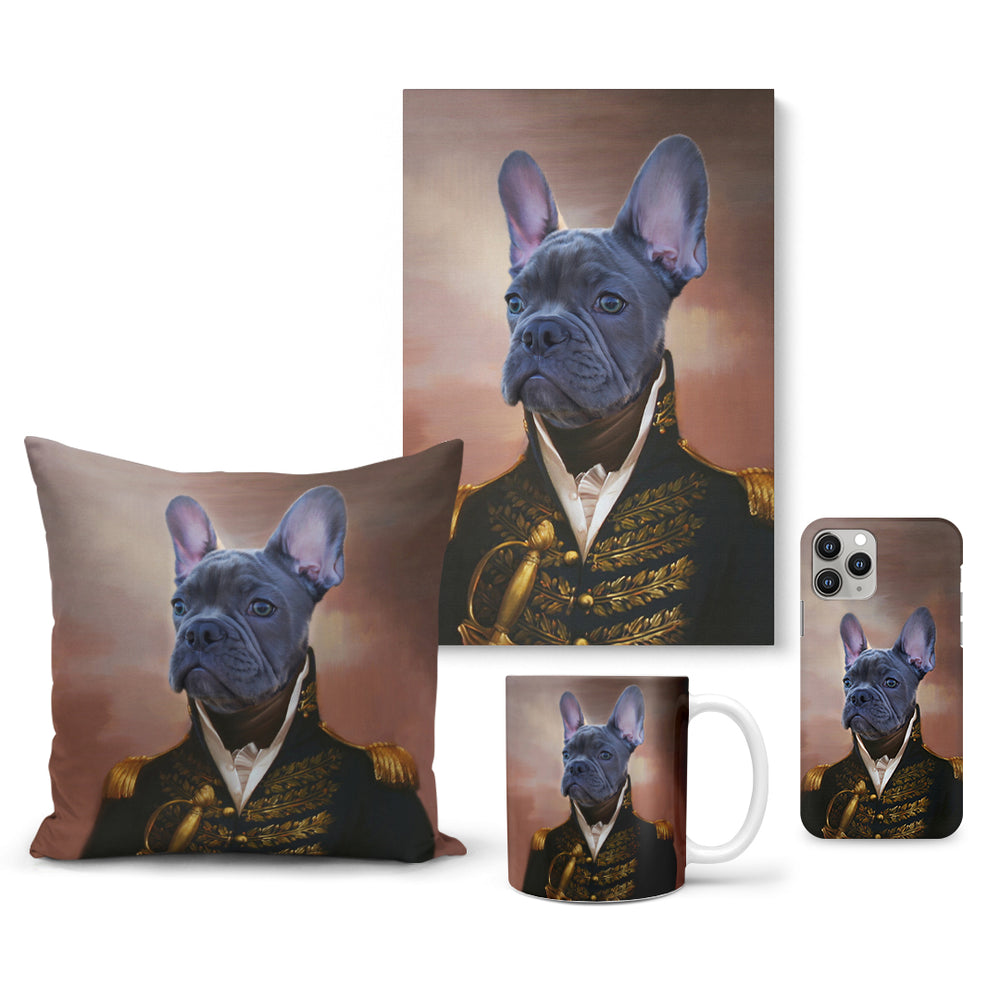
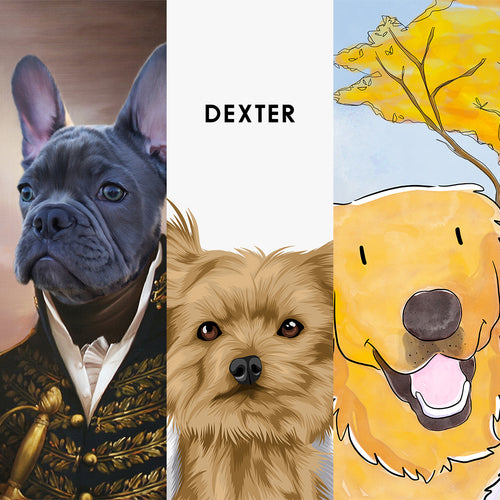
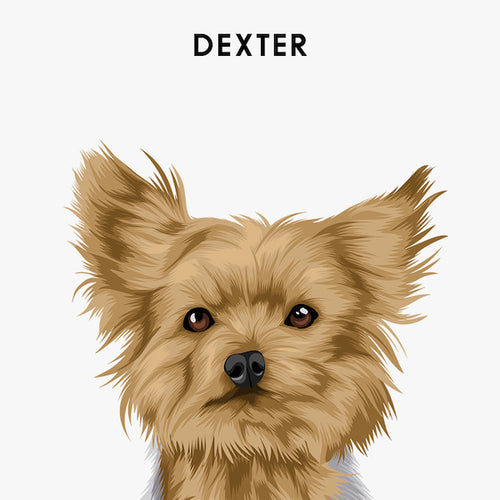


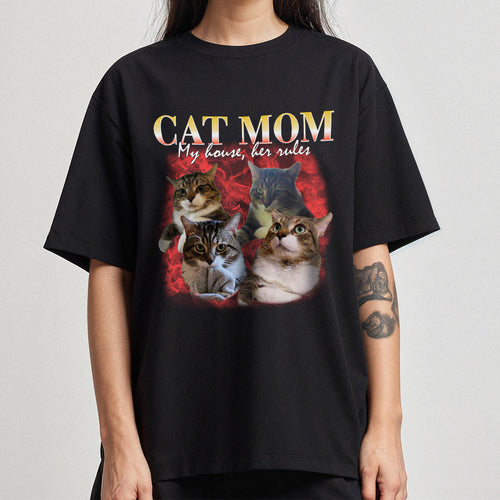



 Reviews
Reviews
 My Account
My Account
 Contact Us
Contact Us
 Help
Help
